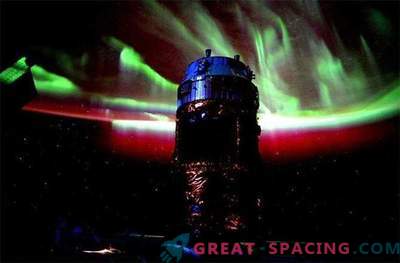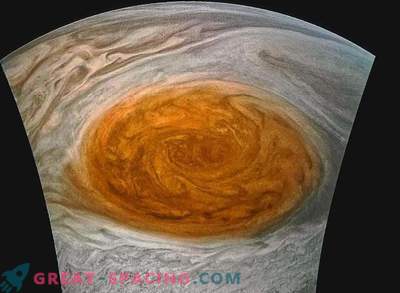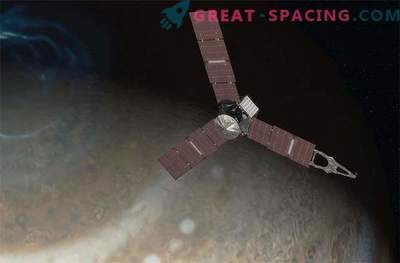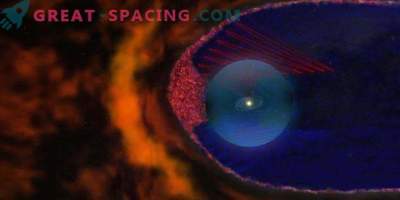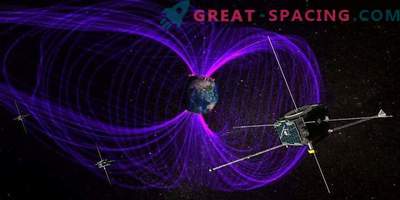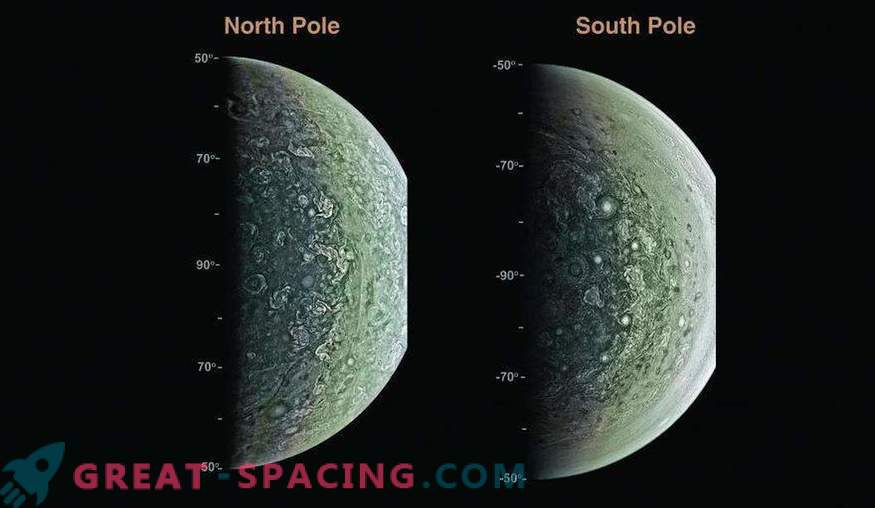
A shot of Jupiter taken by Juno’s spacecraft.
The data of the device Juno in a new way look at a specific planet and gas giants as a whole. The satellite arrived in orbit in July 2016 and passes at a distance of 3000 miles above the equatorial clouds.
The resulting photos seem amazing. But even more worried about the composition, core, poles and the magnetosphere. To study the internal structure used 8 scientific instruments. Two tools from SwRI are engaged in auroras - the most ambitious light show in our system. JADE displays sensors configured to search for ions and electrons. An ultraviolet spectrograph monitors auroras in ultraviolet rays to view the upper atmosphere. Researchers thought that they would find something resembling earthly processes, but a surprise was waiting for them.
Although they stumble upon similarities, other processes are involved in the formation of auroras. Plasma emission was seen in the upper atmospheric layer filling the magnetosphere. But the energetic particles of radiance on Jupiter are different from those of the earth.

It is also interesting that the signal lines disappear near the poles. The pictures show swirling storms reaching the size of Mars, on a blue background. Scientists have been tracking these zones and belts for many decades and trying to understand how far they can go. The microwave probe indicates that it reaches a pressure of 100 bar (100 times the pressure above sea level on Earth). There is asymmetry between the north and south, so the depth of these bands is uneven. On the equatorial line flows a narrow stream of ammonia. Juno traces gravitational and magnetic fields to understand the planetary composition and to reveal the mass of the nucleus. There is an assumption that the rotating and convective fluid in the outer core (dynamo) acts as a mechanism for the formation of magnetic fields.

This picture was taken based on the data of Juno (May 25, 2017), displaying the south pole of Jupiter. Oval formations are cyclones whose diameter reaches 1000 km. They are separated from the Big Red Spot - a raging storm on the south side of the equator.
Visible observations exceeded expectations. For example, the magnitude of the magnetic field reached 7.766 Gauss. But they were even more struck by spatial changes in the field: much higher in some areas and lower in others.
Juno is the second mission formed in the framework of the New Frontiers project. The first was New Horizons, which provided a historical close look at Pluto in July 2015. Now the device flies to the Kuiper belt.





